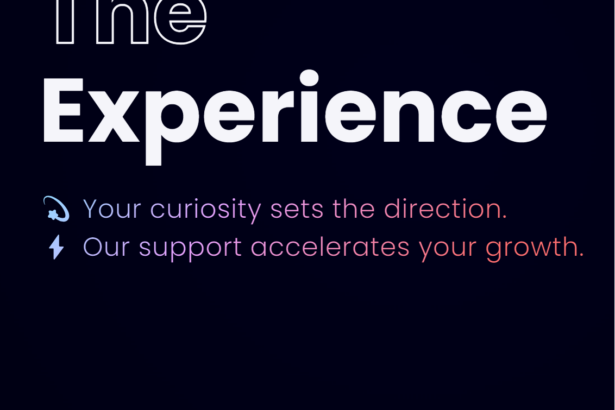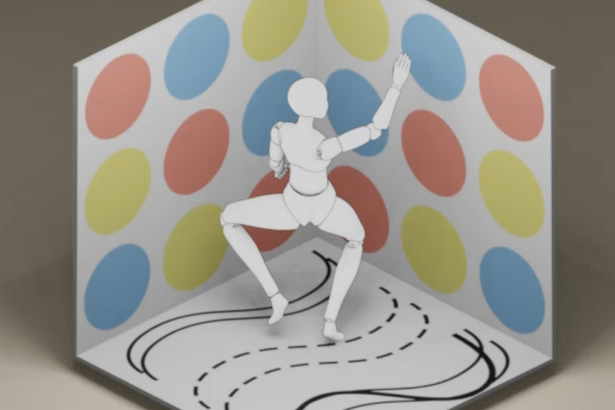Innovation with Intent allows teachers in urban low-income schools to find flexibility in bringing innovation and engagement into their classrooms.
It allows students to tinker, engineer, and engage with materials that support their learning of scientific content and align with problems faced by their community.
Through the use of a free science kit provided to each student, teachers guide students through a design process aligned with a goal. This goal will be defined by a need in their community. (For this kit, the need is to design a flood barrier.) This design process is meant to be a flow of brainstorming and thinking, not a set of rules. In addition, its flexibility of classroom engagement and time allows teachers to define how it looks in their schedule. Teachers can choose to send the kits home to parents, work on it at school, or both. The possibilities are endless and flexible!
Each kit contains materials that can easily found at home such as paper clips, pencils, paper etc. It also includes various directions that teachers can customize depending on how the classroom will engage with the kit.
Why is this important? Creating the next generation of innovators from underrepresented populations goes beyond providing structured and constrained ideas of what science is. Students should be allowed to tinker, explore, and be messy with their thinking because that is what today’s society requires them to be. However, for teachers this might feel like a loosening of structure and a stressful environment. My goal is to allow both agency and structure to happen in a classroom while putting teachers at the forefront of this design. Teachers should have input in the tools they use and flexibility that works for them.



